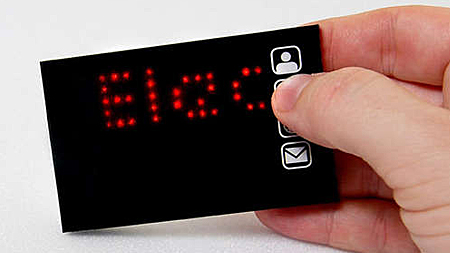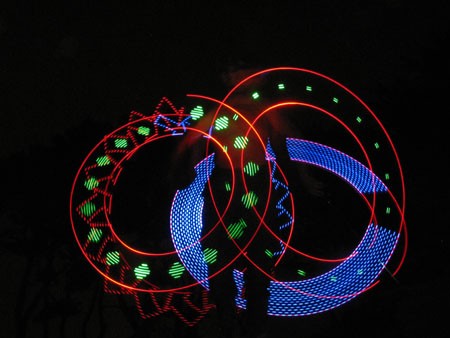
Spark Fun’s centerpiece at Maker Faire back in May was this LED coffee table. They just recently posted about how it was constructed. The surface is made from 64 8×8 RGB LED matrix boards totaling 4096 LEDs. The eight rows are connected to a custom router board so that one SPI line can control the entire display. The main microcontroller is an Olimex LPC2106 dev board. It runs a four player cooperative pong game where multiple balls are added over time. Each player gets a classic Atari paddle for control. You can see a video of the table running a screensaver after the break. Continue reading “LED Coffee Table”













